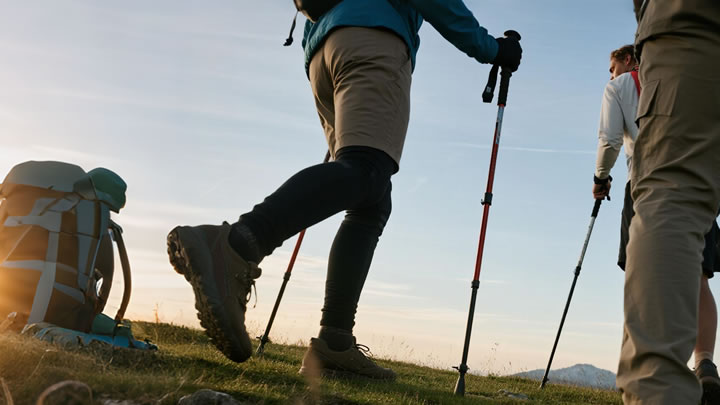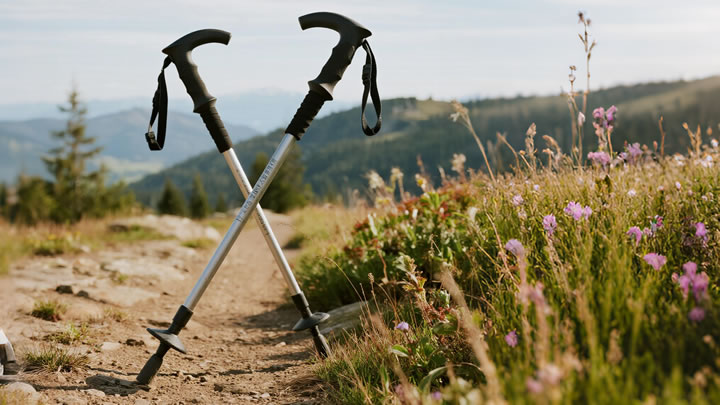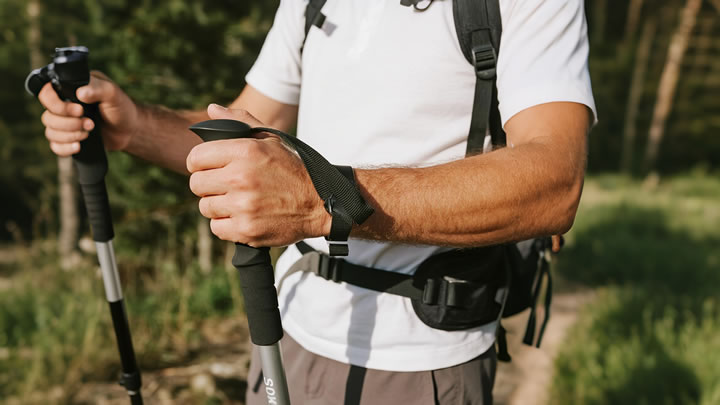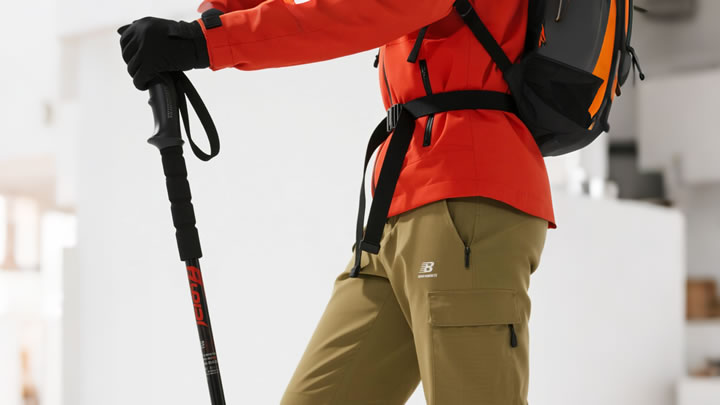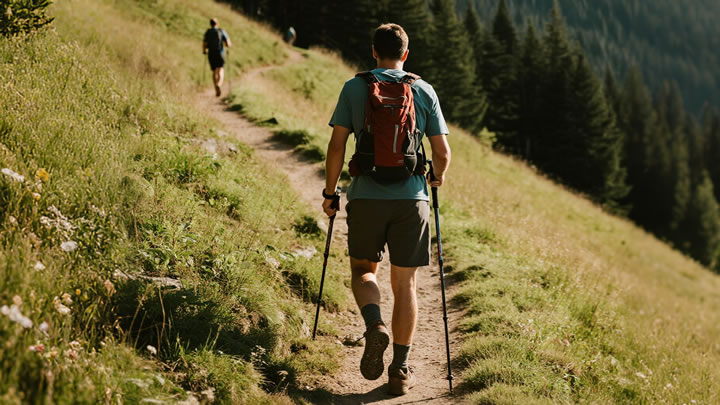Do trekking poles help with uphill hiking?
For hikers tackling steep ascents, the question of whether trekking poles offer meaningful benefits is more than just a matter of gear preference—it’s a practical consideration that can shape performance and comfort. The short answer is a resounding yes, but understanding how and why requires delving into biomechanics, real-world testing, and physiological impacts.
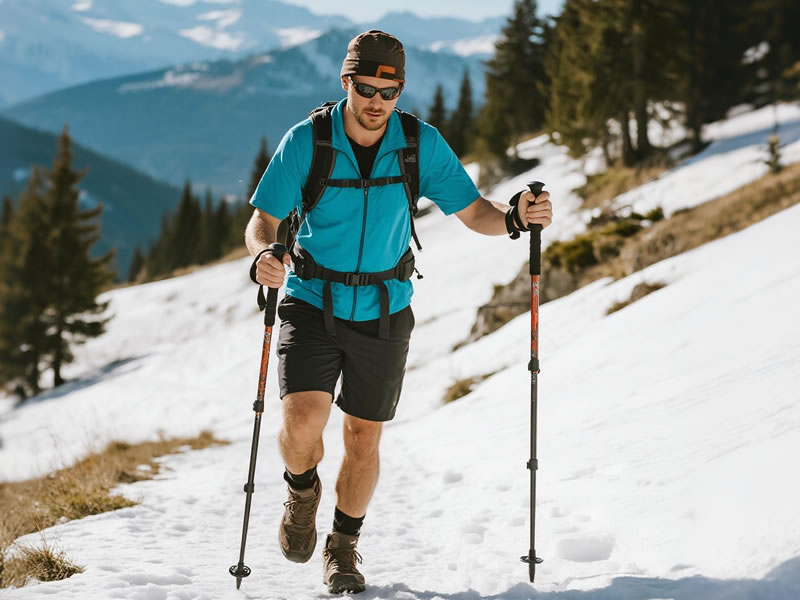
At the core of their utility is the role trekking poles play in redistributing effort. When ascending, your lower body—legs, knees, and hips—bears the brunt of your weight, multiplied by the angle of the slope. Research published in the Journal of Sports Sciences reveals that trekking poles can shift 15-25% of your body weight to your upper limbs during uphill climbs. This redistribution eases strain on key leg muscles like the quadriceps and glutes, which often fatigue quickly when working against gravity. Over hours of hiking, this reduction in lower-body workload translates to slower onset of muscle soreness and sustained energy levels.
Beyond weight distribution, trekking poles enhance propulsion. By planting poles firmly ahead of each step and pushing downward, hikers generate additional forward momentum. This “pull-push” motion—using arm strength to complement leg power—creates a more efficient stride. Studies comparing hikers with and without poles on 10% grade inclines found that pole users maintained a consistent pace 20% longer before needing rest breaks. The poles essentially turn your upper body into an auxiliary engine, reducing the sole reliance on leg muscles.
Stability is another critical factor. Uphill trails rarely feature smooth terrain; loose rocks, slippery roots, and uneven surfaces are common obstacles. Trekking poles act as stabilizers, creating a wider base of support (a triangle formed by your two feet and one pole). This stability minimizes unnecessary movements—like wobbling or readjusting balance—which waste energy. A survey of experienced hikers found that 83% reported fewer near-slips when using poles on steep ascents, with many noting they felt more confident navigating tricky sections without diverting mental focus from their stride.
Proper technique amplifies these benefits. Adjusting pole length so your elbows form a 90-degree angle when gripping them ensures optimal leverage. Planting poles slightly ahead and to the side, rather than directly in front, maximizes propulsion while avoiding interference with leg movement. Syncing pole swings with your steps—left pole with right foot, and vice versa—creates a rhythmic cadence that reduces mental effort, letting you focus on the trail ahead.
Critics sometimes argue that poles add extra weight or tire arm muscles, but modern lightweight aluminum or carbon fiber poles (typically 10-16 ounces each) mitigate this concern. Most hikers adapt quickly to the arm engagement, and the energy saved in the legs far outweighs the minimal effort required to use the poles. In fact, electromyography studies measuring muscle activity show that arm muscles used with poles (like the biceps and triceps) experience lower fatigue levels than leg muscles during uphill hikes—even over extended distances.
For specific uphill scenarios, poles prove especially valuable. On very steep sections (15%+ grades), poles allow “pulling” oneself upward using arm strength, reducing knee strain from deep knee bends. At high altitudes, where oxygen is scarce and fatigue sets in faster, the efficiency gains from poles can mean the difference between reaching a summit and turning back. They also aid in maintaining proper posture: hunching forward to climb strains the lower back, but poles encourage an upright torso by providing something to push against, reducing back fatigue.
In conclusion, trekking poles are far more than optional accessories for uphill hiking. Their ability to redistribute weight, enhance propulsion, improve stability, and promote efficient movement makes them a proven tool for reducing fatigue and boosting performance. Whether you’re a casual day hiker or tackling multi-day expeditions, the science and real-world evidence clearly show: trekking poles do help with uphill hiking—often dramatically.

